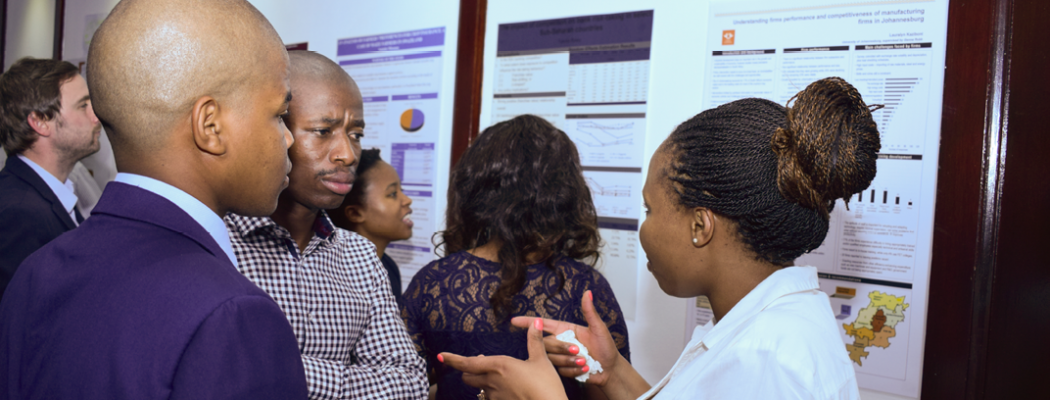South Africa’s water sector investment requirements to 2050
A partnership between the Development Bank of Southern Africa (DBSA), National Treasury’s (NT) SA TIED research projects, the National Planning Commission (NPC), and the Presidential Climate Commission (PCC) was formed to assess what level of investment is required between now and 2030 to achieve the Sustainable Development Goals (SDGs) related to access to adequate water and sanitation as well as the water sector objectives of the National Development Plan 2030 (NDP), and ensure these service levels are met up to 2050. This work will also feed into the broader SA-TIED workstream related to Water-Energy-Food (WEF) in the context of Climate Change (WEF CC) with a particular focus on the WEF nexus. The study does not yet deal with WEF nexus issues but forms part of the groundwork for future work to come on this topic.
The study has been completed as the latest Blue and Green Drop watch reports were released. These indicate a regression in the overall quality of service provision and infrastructure condition between 2013 and 2022, with 34% of the country’s water supply systems (DWS 2022a) and 54% of its wastewater systems (DWS 2022b) in high or critical risk condition. The current trajectory is thus antithetical to achieving the SDGs, not towards achieving them, and urgent change is required.This report builds on work undertaken previously by the project team, which quantified the costs of achieving SDGs 6.1 (adequate water) and 6.2 (adequate sanitation) by 2030 (DBSA and World Bank 2022). This previous study did not cover the entire water sector, as it omitted investments required in water resources infrastructure for non-potable uses (mainly agriculture, but also including energy generation and industry). This new study therefore extends the previous work to include all water resources and extends the timeframe of the analysis to 2050.

